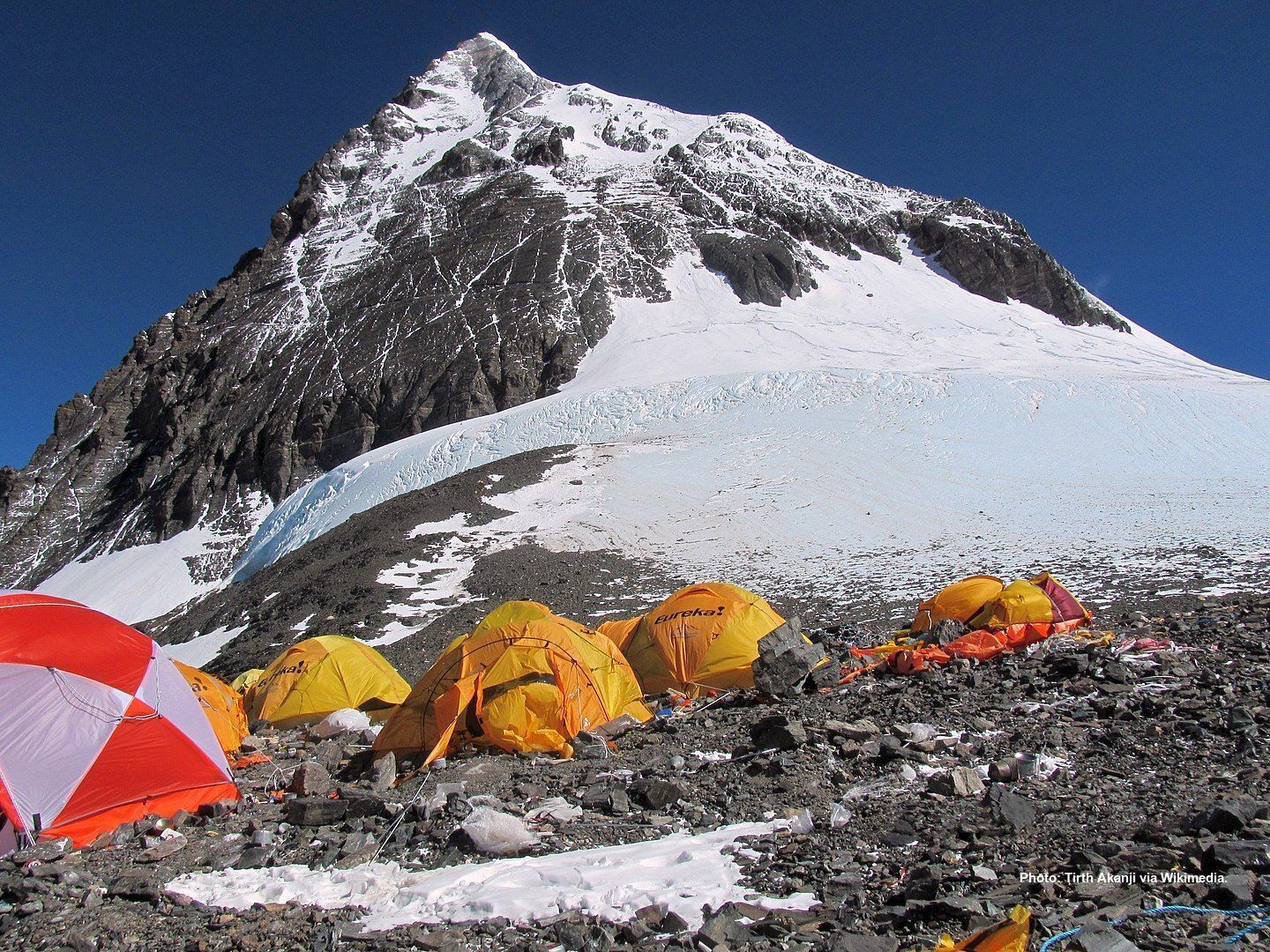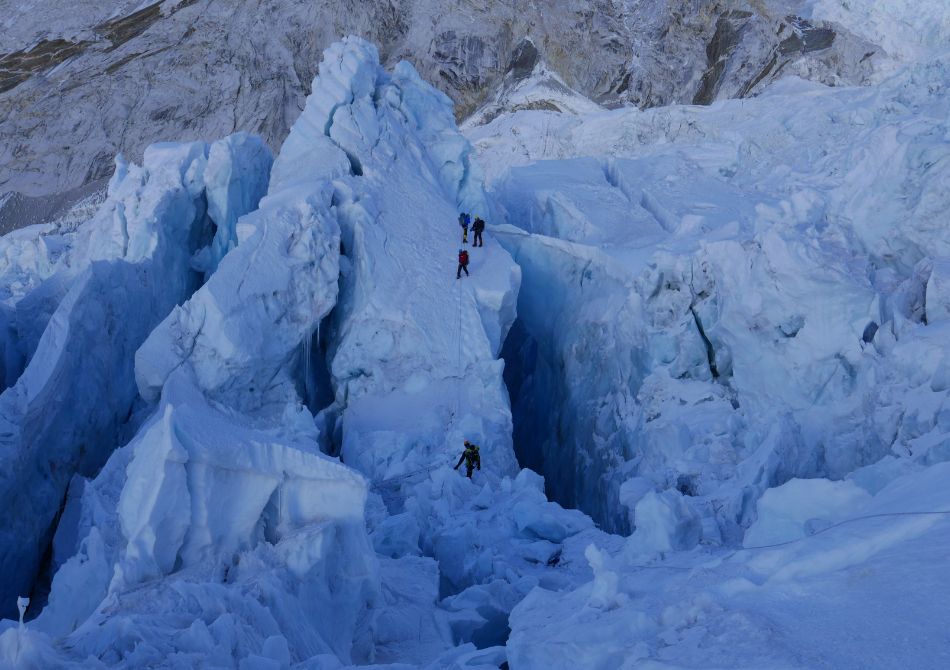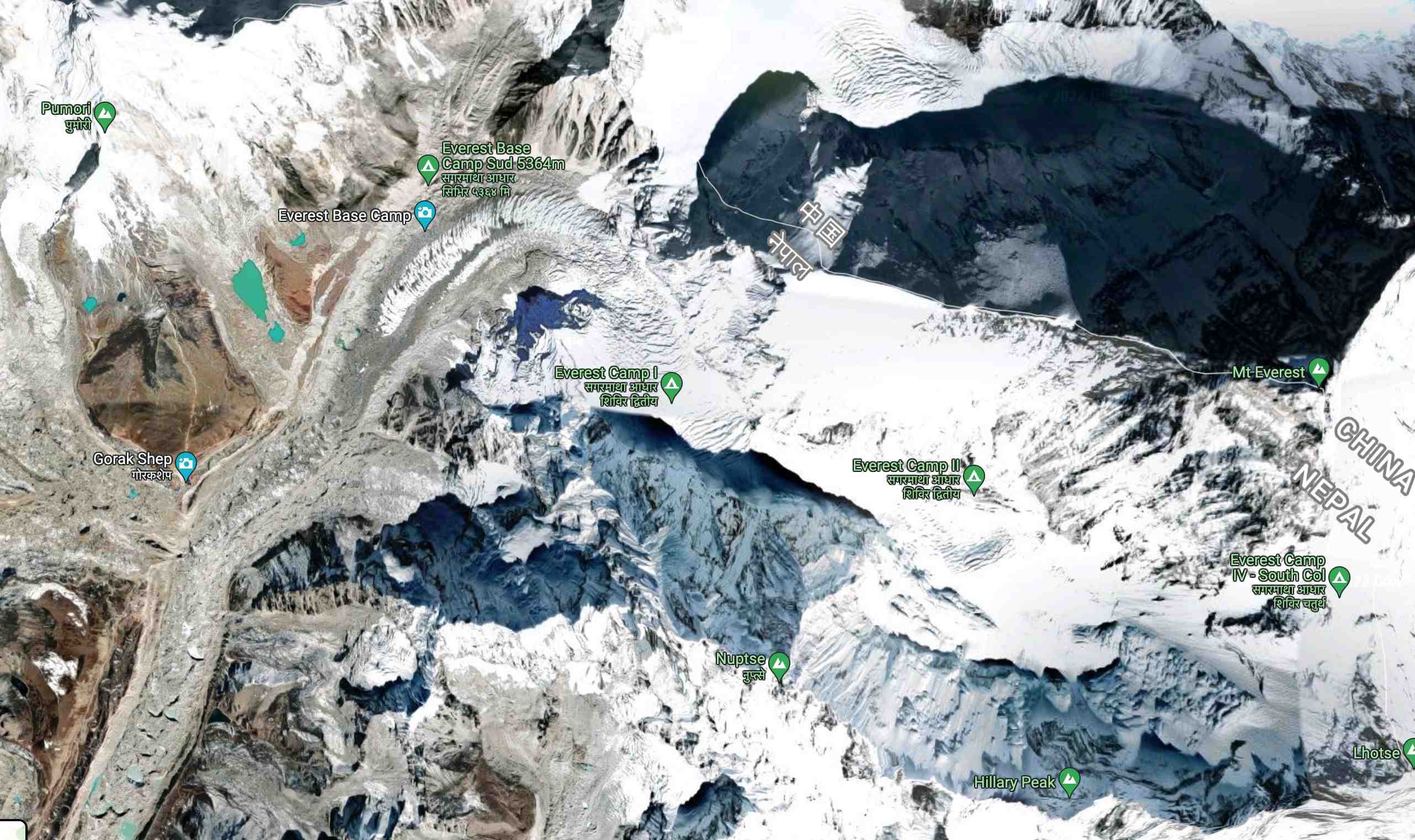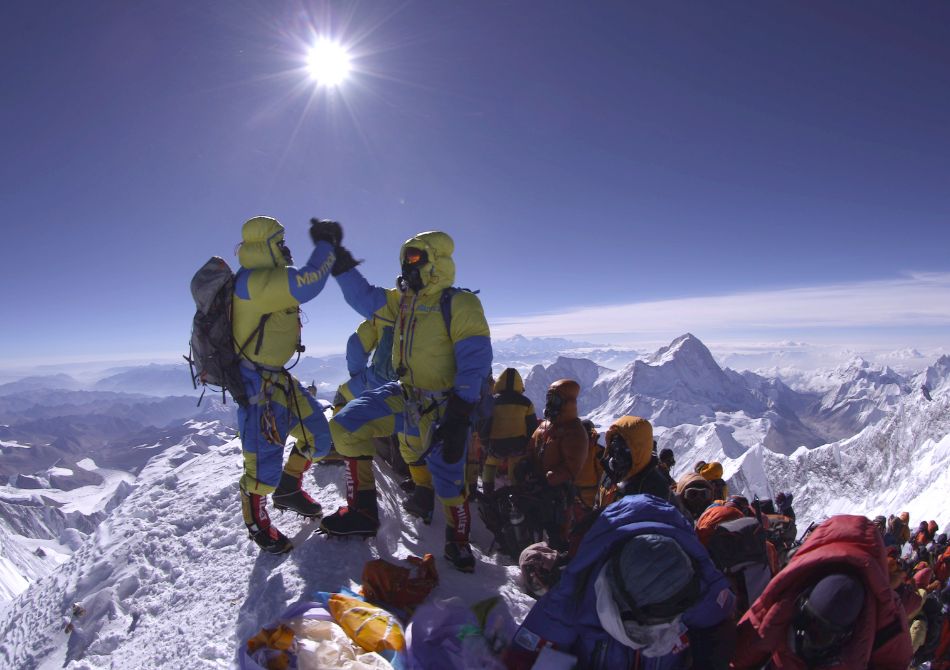Changes Coming to Everest As Spring 2022 Climbing Season Gets Underway
The 2022 spring climbing season on Mount Everest is getting underway.
This year, most expeditions to climb the world’s highest peak have arrived in Nepal and are beginning the trek to Everest Base Camp. Many trips have already sent advance teams to stake their claims at base camp.
Everest watchers say the ice doctors are already fixing the lines through the Khumbu Icefall to Camp I. The rest of the route to the summit will be established by early May.
The Nepalese government has reportedly issued between 300 and 350 permits to climb the world’s highest peak this year, a slight decrease compared to last year.
Keep reading: How Much Does It Cost to Climb Mt Everest in 2022?
However, the logistics of getting to Nepal are much more straightforward, with quarantine and testing requirements dropped for fully vaccinated climbers.
While much of the climbing season on Everest may begin to feel like business as usual, the mountain that has captured the imagination of the world’s leading adventurers for more than 100 years is undergoing some significant changes.
The rapid melting of the South Col glacier and the possible establishment of a new route that avoids the Khumbu Icefall are chief among these.
The South Col Glacier is melting

A recent study published in Nature concluded that Everest’s South Col glacier is “destined for rapid retreat” and could disappear entirely by the middle of the century.
The study was the first to look at the impacts of increasing global temperatures on high-altitude glaciers. The 2,000-year-old South Col glacier is the highest on Everest, located at 8,020 metres (26,300 feet).
The researchers said the glacier has already lost 54 metres (177 feet) of depth in the past 25 years due to rising global temperatures, snowpack loss, wind and sunlight.
They believe this melting process will accelerate as the melting snowpack exposes black ice, which absorbs more sunlight and hastens the melting process.
While the retreating glacier will likely have a yet unknown impact on the mountain’s topography and ecology, the effect on mountaineering is quite tangible.
How will the melting glacier affect climbing?

Lukas Furtenbach, the owner of Furtenbach Adventures, has guided expeditions on the south side of Everest since 2016. He told ExpedReview that he has noticed the glacier's retreat over the past six seasons.
“You can clearly see the topographic changes on the south col glacier,” he said. “On the col itself, there is more rock and sand and less ice-covered terrain.”
“The first slope from the col up in the triangle is getting a bit steeper,” Furtenbach added. “But both are not really affecting the climbing in a negative way. Not yet, I have to say.”
Keep reading: Lukas Furtenbach Discusses Flash Climbing
The glacier's retreat means that more of the loose bedrock underneath is being exposed. Furtenbach said this would make the entire route more rocky and technical but added that it would not change the pre-requisites for signing on to his team.
“All the route from the South Col to the balcony and further on to the south summit and the summit will become rockier and more technical,” he said. “But mountaineers are great in adaptation. We know such developments from the Alps, and this can open new possibilities.”
One of these possibilities may be a revival of the autumn climbing season when more snow is on the mountain.
Is the Khumbu Icefall becoming more dangerous?

While the study focuses on the South Col glacier, the researchers also warned that warming would also facilitate ice block movement on the Khumbu Icefall, increasing the chance of avalanches and making the entire icefall less stable.
Furtenbach believes this is a more pressing issue for mountaineers. “The impacts on the Khumbu glacier and Khumbu Icefall are bigger and affecting the actual climbing and route setting more,” he said.
One of the consequences of this change is the renewed search for an alternate route up Everest via the south col, one that bypasses the Khumbu Icefall and rejoins the normal route at Camp I.
The search and possible discovery of a new route
Last November, a team of French and Nepali mountaineers arrived in Nepal with the express purpose of finding a route to avoid the icefall.
Famed French mountaineer Marc Batard was among the climbers on the expedition and told local media that the new route begins from Gorak Shep. From here, it follows a rocky spur below the flank of Nuptse, part of which involves a vertical cliff, and joins Camp I just above the icefall.
Batard added that his team would return in the spring and test the new route to see if it could be a feasible alternative. However, Furtenbach believes the route would be more technical than
“As far as I can say, yes, it would require more technical ability than climbing the icefall,” he said. “But Marc Batard might prove me wrong.”

In unwitting anticipation of this charge, Batard and the rest of the team hope to install metal railings along the new route to establish something similar to a Via Ferrata, which would allow climbers to safely anchor themselves while they climb.
Furtenbach said he is interested in seeing how the experiment unfolds but believes the route will not prevent porters and sherpas from traversing the icefall to haul supplies up the mountain.
“I am very interested to see the outcome of their efforts this season,” he said. “But for now, I don’t see this new route (actually not a new route but a variant) either objectively safer or a better choice for clients of commercial expeditions.
“And for sure not for Sherpas with heavy loads on their backs,” Furtenbach added. “But we will see. I would rather see permission for operators to shuttle equipment and oxygen to Camp II with helicopters to save the many Sherpa rotations. Exposure time in the icefall is the key.”
Climb Everest next year!

While the impacts of climate change the potential for a new Via Ferrata-type route up Everest mean plenty will change on the mountains, this is part of what makes mountaineering the exciting and dynamic sport that it is.
Expeditions for the 2022 spring season have already departed, but it is not too late to begin planning your autumn 2022 or spring 2023 expedition to Mount Everest!